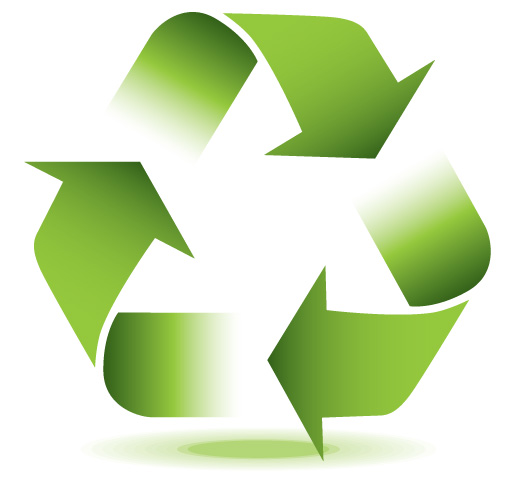For Eco-Tip 11/04/18
Grocery question changes from “Paper or Plastic?”
By David Goldstein, Ventura County Public Works Agency, Water and Sanitation Dept
For years, the grocery store checkout query, “Paper or plastic?” raised questions about environmental impact. Now, your choices are to go without a bag, bring your own, or pay 10 cents for a reusable plastic bag or a paper bag made from recycled material.
For products on grocery store shelves, a similar question may still be asked, but the answer is quite different. What is the environmental impact of choosing between glass or plastic bottles?
The full environmental impact is difficult to quantify, involving variables such as transportation methods, type of plastic, and location. Unknows such as transfer of container to product and impacts of litter further complicate the issue. However, in terms of recycling, the answer is clear.
Plastic bottles are easily recyclable if they are made from polyethylene terephthalate, or PET, which is usually formed with the number “1” in a triangle comprised of chasing arrows. Soda and water are typically packaged in PET plastic. High density polyethylene, or HDPE, bottles (labeled with #2) are also easily recyclable. HDPE is used to package milk, laundry detergent, and other products less likely to have glass alternatives. Facilities for recycling these two plastic types are available in California, mitigating some of the recent concerns with China rejecting imports of certain types of American recyclables. Last month, the California Department of Resources Recycling and Recovery (CalRecycle) approved a $1 million loan to PinnPack, the operator of a factory in Oxnard turning recycled PET into new containers. The recycled plastic comes to PinnPack in the form of sanitized pellets from CarbonLITE, a California company processing more than two billion plastic bottles annually. As an incentive from the Ventura County Recycling Market Development Zone, this loan of state funds comes with a fixed rate of only 4%, as was a similar $2 million loan from CalRecycle to PinnPack last year.
These loans are helping PinnPack modernize its factory, enabling the company to purchase 4,000 more tons of recycled plastic per year, create 17 jobs, and preserve the jobs of its 185 employees by making them more productive with better equipment. Specifically, the $1 million approved last month will purchase chillers to prevent equipment from overheating while operating continuously.
Glass is also recyclable through curbside programs, is generally not exported, can be recycled an unlimited number of times, and both glass bottles and fiberglass are required by law to include recycled content. However, there is only one factory left in California capable of turning scrap bottles into new bottles. Worse, when bottles break during collection or processing, shards often
contaminate other recyclables or mix with coins, rocks, and other small bits of junk in a grade of material called “mixed cullet,” which is hard to recycle.
The first plastic soda bottles, appearing on store shelves more than 25 years ago, were only partially PET. They included a base cup made from HDPE and a metal cap. Even more frustrating for recyclers, removing the metal cap left a metal ring around the bottle’s plastic neck. The cost to recycle this mixed mess was $1,400 per ton, according to Mark Murray, Executive Director of Californians Against Waste, a non-profit organization involved in legislation requiring manufacturers to pay this cost to subsidize the recycling system. To avoid this cost and profitably transition to plastic, manufacturers eventually began designing the bottle for recycling.
The result we have today is an easily recyclable container with enough value to create local jobs in collection, sorting, transportation, and manufacture of new products.
On the net: www.vcpublicworks.org/rmdz






